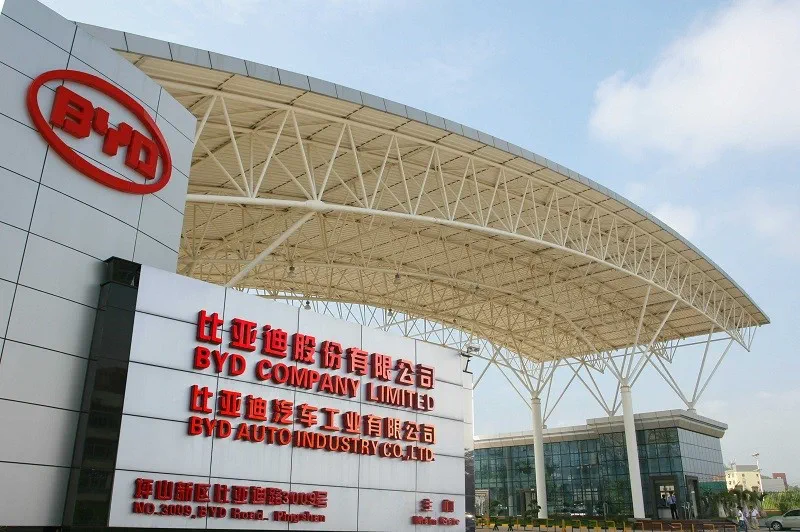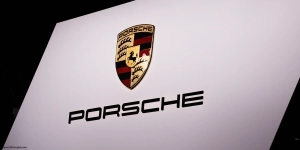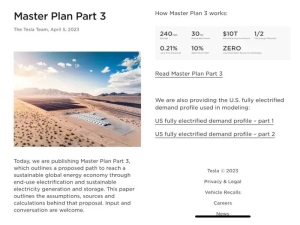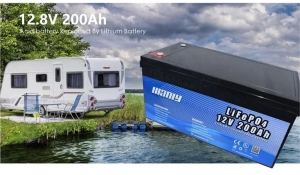In espansioneMercato dei veicoli elettrici: Case automobilistiche cinesi in Europa
Sommario
- Mercato dei veicoli elettrici in espansione: case automobilistiche cinesi in Europa
- Orizzonti in espansione: l’impatto economico delle fabbriche automobilistiche cinesi in Europa
- Rising Tide: The Growth of China's New Energy Vehicle Exports
- Navigare in alto mare: affrontare le sfide logistiche delle esportazioni di veicoli a nuova energia
- Trailblazers and Pioneers: The Evolution and Future of China's Auto Industry
- Storie di successo dell’espansione globale: case automobilistiche cinesi all’estero
- Conclusione
- Ulteriori informazioni sulla batteria
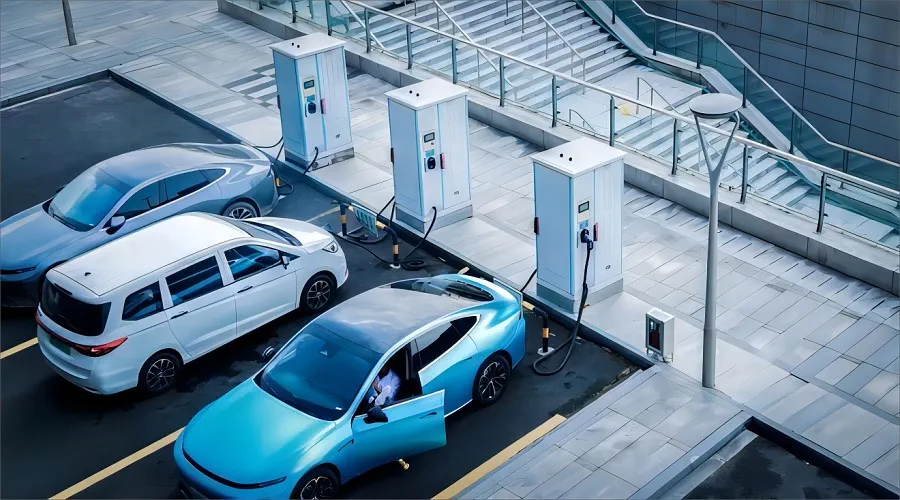
Orizzonti in espansione: l’impatto economico delle fabbriche automobilistiche cinesi in Europa
Establishing manufacturing facilities in Europe offers significant benefits for Chinese automobile companies, especially those in the electric vehicle industry. This move not only aids in overcoming logistical challenges and trade barriers but also improves market access and consumer perception, crucial for companies like BYD and others in the new energy vehicles sector.Impatto economico: creazione di posti di lavoro e opportunità di investimento localeThe decision to set up factories in Europe, such as BYD's consideration of a location in France, directly translates into job creation and boosts local economies through substantial investments. When a major player in the electric vehicle market like BYD establishes a manufacturing base, it injects millions into the economy, not just through the construction of the facility but also via ongoing operations and maintenance. For instance, the investment often involves building infrastructure, purchasing local materials, and employing a local workforce, which significantly reduces unemployment and improves the standard of living in the region.Market Access: Overcoming Trade Barriers and Protectionist MeasuresEuropean markets are known for their stringent trade policies and protective measures, particularly towards the automotive sector. By establishing local production facilities, Chinese companies can avoid high tariffs and non-tariff barriers that typically apply to imports. This strategic move allows companies to sell their cars more easily within the European Union, aligning with trade agreements and regulations, thereby enhancing the market presence of new energy vehicle exports from China.Consumer Perception: Enhancing Brand Image and Product AcceptanceAnche la produzione locale svolge un ruolo fondamentale nel cambiare la percezione dei consumatori. I consumatori europei tendono a fidarsi maggiormente dei prodotti fabbricati localmente, il che può migliorare significativamente l’immagine del marchio e l’accettazione dei veicoli cinesi a nuova energia. Una fabbrica in Europa significa che marchi cinesi come BYD possono commercializzare i loro veicoli come prodotti localmente, il che non solo si allinea ai valori europei di sostenibilità ma riduce anche l’impatto ambientale associato alla spedizione di veicoli a lunga distanza.Rising Tide: The Growth of China's Esportazioni di veicoli a nuova energia
China has emerged as the world's leading exporter of automobiles, with new energy vehicle exports playing an increasingly pivotal role in this dominance. This growth not only underscores China's rising influence in the electric vehicle market but also brings to light the complex challenges related to logistics and shipping capacities.China as the World's Largest Car ExporterIn recent years, China has surpassed other nations to become the largest car exporter globally. The country's automotive industry has evolved rapidly, transitioning from producing primarily for domestic consumption to becoming a major player in the international market. This shift is driven by substantial investments in automotive technology, particularly in the electric vehicle industry, where China is seen as a frontrunner.Tendenze e statistiche nelle esportazioni di veicoli a nuova energiaThe surge in exports is most notable in the sector of new energy vehicles (NEVs). These vehicles, which include hybrids and fully electric cars, have seen a dramatic increase in demand worldwide, especially in Western Europe. In 2023 alone, companies like BYD reported exporting over 243,000 units, marking a significant milestone in China's automotive export history. This uptick is aligned with global shifts towards greener, more sustainable vehicle options, positioning Chinese NEVs as both competitive and desirable in the international market.Logistical Challenges and Shipping CapacitiesHowever, the increase in exports has not come without its challenges. The logistics of shipping large volumes of vehicles across continents are daunting. One poignant example is the situation with BYD's Explorer No.1, the first roll-on/roll-off ship deployed by BYD, which set sail on January 16, 2023, carrying 5,449 NEVs from the Shenshan Xiaomo International Logistics Port to Europe. Despite its large capacity, the Explorer No.1 represents just a fraction of BYD's shipping needs. Given the ship's 40+ days travel time to Europe and back, the current fleet is insufficient to meet the growing demand. This has highlighted a critical bottleneck in the global roll-on/roll-off ship availability, exacerbated by years of underinvestment in this specific type of maritime infrastructure.Global Response and Strategic AdjustmentsLa carenza di opzioni di spedizione ha spinto le case automobilistiche cinesi a riconsiderare le loro strategie di esportazione. Oltre all’aumento delle capacità marittime, esiste un perno strategico verso la creazione di basi produttive all’interno di mercati chiave come l’Europa. Ciò non solo elude le sfide logistiche, ma si allinea anche agli accordi commerciali che favoriscono i prodotti fabbricati localmente, migliorando così l’accesso al mercato e la percezione dei consumatori.